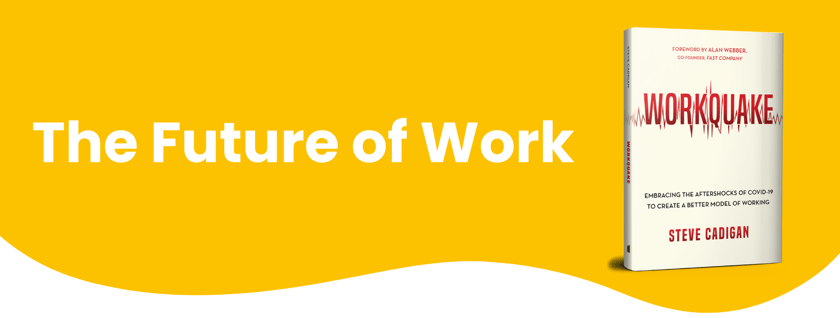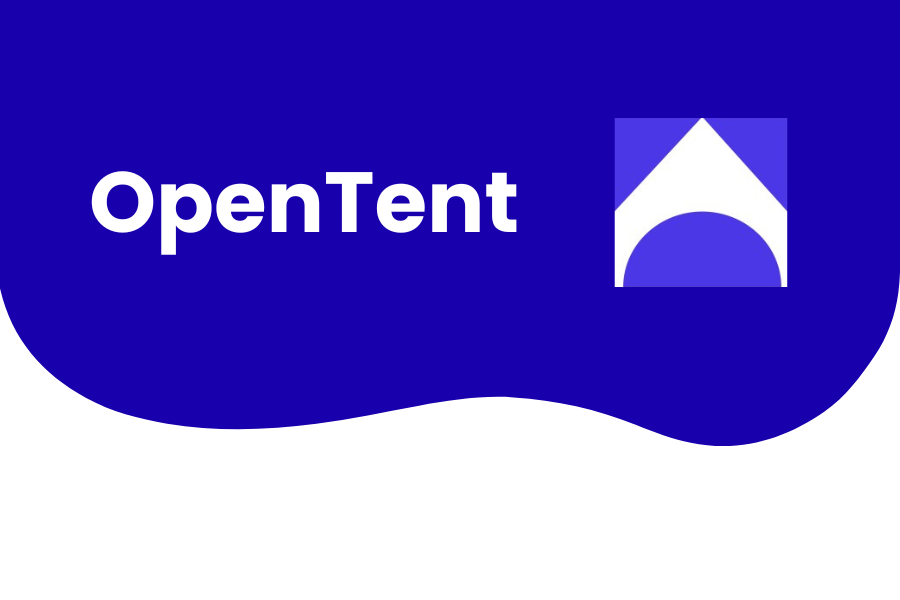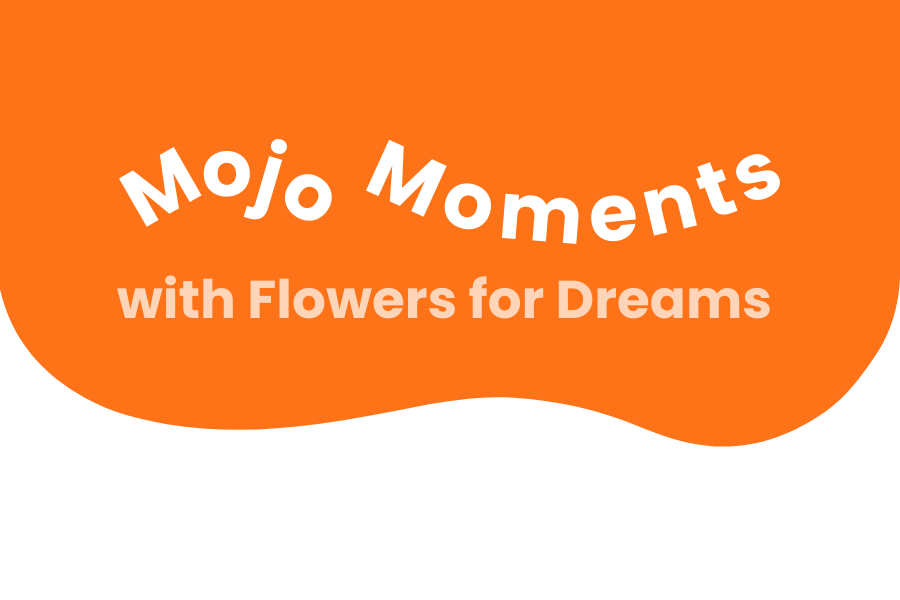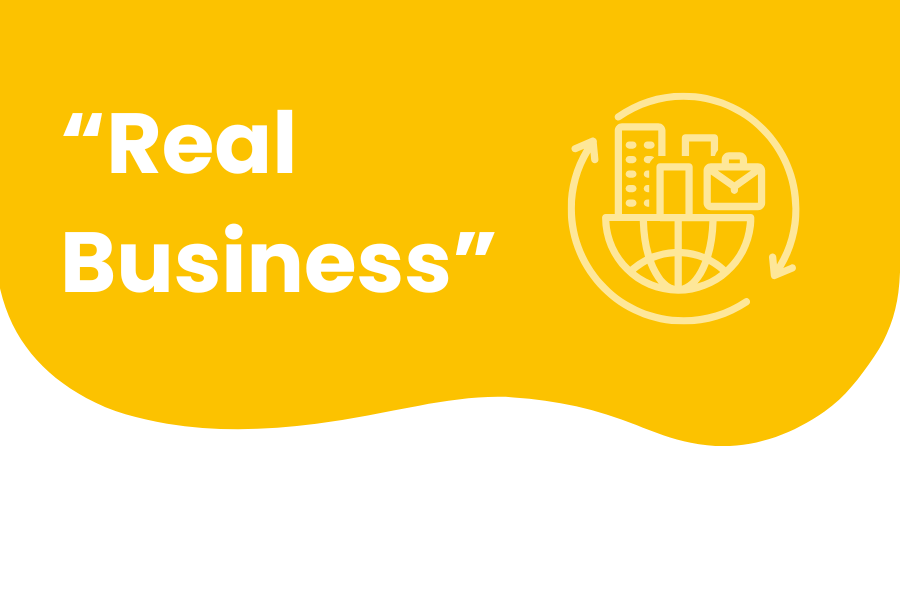Forward-Thinking: Understanding the Future of Work, and How to Adapt
 We’ve all witnessed some pretty blatant trends that have arisen in the world of work over the last few years. Some of them, like high turnover and a labor shortage, may seem intimidating, but they don’t have to be.
We’ve all witnessed some pretty blatant trends that have arisen in the world of work over the last few years. Some of them, like high turnover and a labor shortage, may seem intimidating, but they don’t have to be.
Luckily, the Small Giants Community recently spoke with Steve Cadigan, talent advisor and author of Workquake: Embracing the Aftershocks of Covid-19 to Create a Better Model of Working. Through his research for the book, as well as his many years as an HR and Culture executive, Steve is here to tell us where the future is headed, and how we can move forward with it.
The future started before the pandemic
Many of the buzz phrases going around like The Great Resignation and Turnover Tsunami have come about since the start of the Covid-19 pandemic. However, trends were already moving in the same direction; the pandemic merely accelerated our current trajectory.
Slowly but surely in years prior, data had shown that people are staying at their jobs for less and less time, particularly with a younger workforce. For workers between ages of 25-35, the median retention time last year was only 2.5 years, Steve claims. For many business owners and leaders, that is probably a scary statistic. So how did we get here?
There’s a few factors at play here. First, we have to consider the old model of work, the one that has been around for decades with very little change.
“When you think about business, and the models that we use in large part today, they’re built to realize stability,” says Cadigan.
Every business wants to be financially stable, and part of that is keeping employees around for a long time. Two or three decades ago, having high retention meant locking in intel, building loyalty, and spending less time and money training new hires. All good things, right? For better or for worse, that is not the world we live in anymore, and not just because of the pandemic.
The second thing to consider in the new business model that’s slowly presenting itself, is the acceleration of technology.
“The shelf-life value of a hard skill - something you learn - used to be about the length of your career,” says Cadigan. “It’d last you about 50 years. Today, it’s 5 or 10, and then you’re going to need to relearn.”
And it’s not just people with traditional tech jobs being affected by this. Anyone who has to interact with technology as part of their job (which is most people these days, even those who don’t have a typical desk job), has to learn at least high-level knowledge about the platforms and softwares that the company implements. Which means, everyone is having to constantly evolve.
“We’re seeing the erosion of the shelf-life value of a skill,” says Cadigan. “And that’s putting pressure on the business model.”

Steve mentions that, often, when companies describe their culture and their values, they call them “the pillars” of the business, or something to that effect. Pillars denote something immovable and long-lasting, which made sense in the past, but doesn’t leave room for the flexibility that is now needed. Throughout Steve’s research and interactions with companies all over the world, and in different industries, this was a prevalent pattern.
“I was starting to see that the business models that most organizations use - of any size - were built on frameworks that don’t work today.”
Finally, it’s also important to acknowledge the overwhelming amount of choice that is currently available to both those looking for a new job, and those looking to hire.
“If you talk to any salesperson, it’s much easier to sell someone on 3 choices than 500,” says Cadigan.
The accessibility of technology means platforms like LinkedIn and Indeed offer both parties an overwhelming amount of choice. There’s also so much more transparency; more than any other time, both sides of the hiring process can compile extensive research about each other, therefore making informed decisions. And while this is a good thing in a lot of ways, it also leads to the fear of missing out, and people always wondering what else is out there. In other words, the potential of what could be.
And with this onslaught of technology, also comes the availability of platforms such as Zoom, YouTube, and Instagram, which allow for people to be independent. Steve predicts that more and more people will be leaving the traditional 9-5 position for more independent content creation spaces and gig work.
So we can’t solely blame the pandemic for our workplace woes, as things were already shifting in this much more nimble direction. So how do we embrace the new working model?
Here are Steve’s suggestions, broken down into the different categories that he finds to be a high priority.
Recruiting and Hiring
“Leaders are going to need to learn that what someone can learn is more valuable than what they know,” says Cadigan.

Currently, the expectation is to hire someone who is 80-90% qualified for a given position, but with the acceleration in technology and the lack of projected visibility, we need to move towards expecting someone who is 40-50% qualified, but with a high drive and ability to adapt, or what Steve likes to call ‘learning velocity.’
He recommends flipping the script during interviews. Ask people their own mission, vision, and values, and try to understand where they’re coming from in order to determine how they would add to your team.
Another thing to consider is when to search for talent. The new answer is, all the time.
“We have a knee-jerk history in how we think about recruiting,” says Cadigan.
Now that turnover is so high, rather than chasing after open positions, anticipating the turnover and constantly keeping an eye out will be helpful in avoiding crunch-time scrambles for a new hire.
Training and Learning Development
“Training and learning development is now going to be core to an organization's vitality,” says Cadigan.
Rather than the promise of a long term job with lots of benefits related to tenure, people want the promise of growth in an uncertain future. If somebody knows that they’re going to come out of a job with new skills and the potential to progress, even after only a couple of years, that’s a very appealing outcome.
Another thing to consider is the shift in perspective on training. Rather than thinking of it being an investment that’s wasted on employees who only stay a couple of years, consider it a part of the culture, and embrace the reciprocal nature that it can take on with new hires.
“Maybe we’ve overvalued long tenure and undervalued and underappreciated new people with new ideas and new energy and new ways to solve problems,” says Cadigan.

It’s also important to go back to your hiring practices when thinking of learning development; if you hire people with a high learning velocity, they’ll enjoy the learning and pick up on things quicker, making them a more impactful member of the team.
Alumni and Networks
Investing time to train and develop your current employees also means investing in your future alumni, which is a group that Steve says has been sorely underutilized.
“In a world that’s more fluid, every organization will have more alumni than ever,” says Cadigan. “Most organizations don’t even talk to the alumni. Why? I think we’re going to see more communities built, more nurturing and curating of that alumni base.”
By allowing employees to leave on good terms, they can be an advocate for your company when it comes to new clients and new hires, and can also engage with you more continuously, such as with mentorship programs or workshops.
“Why do you think that only great coaching can come from inside?” Cadigan says, as he observed, that most companies only create internal mentorship programs. “Come from outside, bring those people in, build the networks of your organization.”
This idea of constantly welcoming in fresh perspectives and ideas is something that touches on many aspects of the future of work. Keeping alumni engaged and actively part of your network can only be a good thing, especially if they’re developing new talents and perspectives elsewhere.
“Even if they go, they’re going to be a positive force in your universe,” says Cadigan.
Fluidity is the Future
Coming to terms with all of these new trajectories can be overwhelming and uncomfortable. But small, incremental shifts, and a readjusted attitude, can make a huge impact on your company’s vitality.
Steve leaves us with one final thought on his look into the future:
“What I start seeing is things that are going to feel really uncomfortable for some people who are used to static models. I believe the future of work is, corporations and organizations are going to be smaller at the core, and they’re going to have many more what I call ‘permeable boundary relationships’ with entities on the outside. And I believe it’s already happening, especially during the pandemic. More independent contractors, more gig workers, more non-employees creating value for your organization than ever before.”
Many Small Giants companies already value employees who are purpose-driven and adaptable, and foster cultures that instill constant personal growth. If we can harness that and embrace the idea of being more fluid with our hiring, training, and networking, our companies and our employees will be all the better for it.





Submit Your Comment